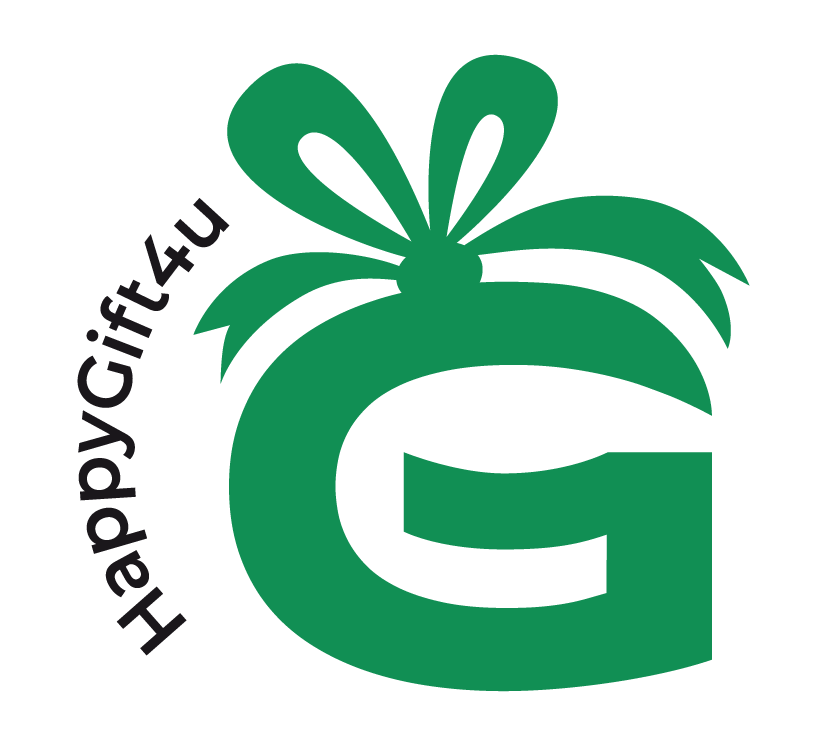Scents, perfumes and herbs in antiquity

What scents, perfumes and ointments were used in distant history?
-Which ingredients and fragrances were most in demand BC?
-Do we know when the first records of the use of perfumes and fragrances in history are recorded?
-When were the first mentions of perfume production?
In the primitive hygienic conditions of the ancient world, the use of perfumes and ointments was absolutely necessary. In private, fragrances and aromatic spices were used as ingredients in perfumed oils, ointments and powders both for cosmetic purposes and for healing, for example: to protect the skin from hot sun and dry air. No less important was the role that scents played in the religious rituals of the ancient Near East. Numerous containers used for crushing, mixing, storing and using aromatic ingredients as well as finished perfumes were found during the excavations. For example, in Mesopotamia, oils were used for hair care, natural colors for painting fingernails and toenails. Ointments were stored in containers made of wood, alabaster, stone, ceramic or ivory to keep them fresh for as long as possible. Cosmetics were applied with a finger or spatula made of wood, bone or (in Roman times) bronze.
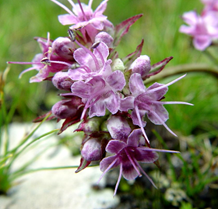
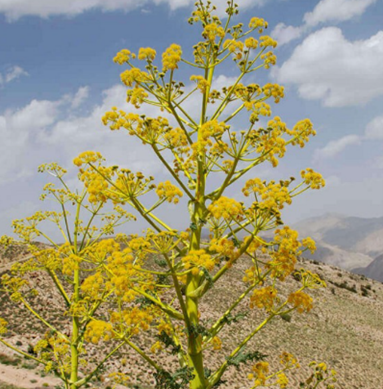
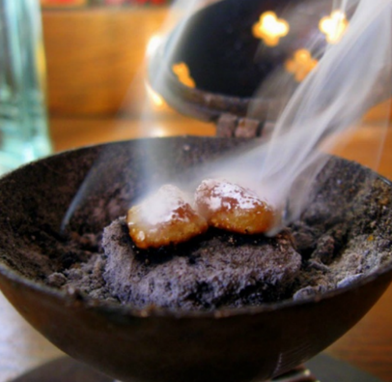
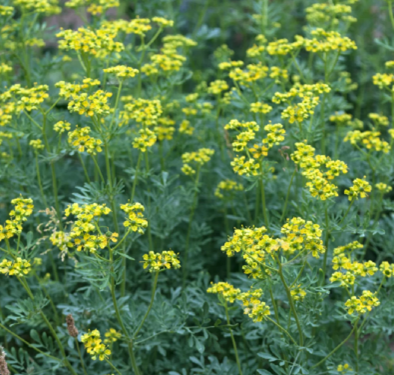

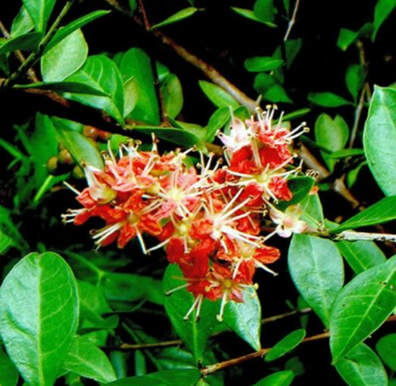
One of the oils mentioned in the Bible in connection with cosmetics is "good oil"
Isaiah. 39:2 "Hezekiah was pleased with them and showed the messengers his treasury, silver and gold, various balms (hab-besamim), precious oil and all his armory and everything that was among his treasures..."
or
Psalm 133:2 "like precious oil on the head, running down the chin-on the chin of Aaron flowing, on his robe to the tip").
This oil was made from flowers, fragrant seeds and fruits mixed with olive oil.
Other oils mentioned in the Bible are myrrh oil
Esther 2:12 "...six months of anointing with oil of myrrh and six months of balm with other proper feminine care...")
Gleio-resin, oozing from incisions in various incense trees (boswelia). It is not known if it was mined in Palestine...Most likely it was imported from the Arabian Peninsula, Africa and India.)
Fragrant gummy gum (glue resin); it is obtained from the stem of some species of the myrrh genus, Commiphora.
Myrrh is one of the oldest drugs, known for about 4000 years. Currently, it is mainly used in medicine and perfumery.
Or another so-called "pharmacist's oil."
Ecclesiastes 10:1 Dead flies cause a stench and leaven the anointing oil. A little insanity outweighs wisdom and honor.
(Heb. shemen roqeach. Ecumenical translation: "ointment maker's oil". I preferred the term "pharmacist" because the term "ointment maker" is pejorative.) Perfumes were made from flowers, seeds and fruits soaked in oil or water. The mixture was sometimes heated and the essence was extracted and forced through a cloth.
Exodus 30:34-38 “The Lord said to Moses, “Take incense, namely, fresh resin (nataf), fragrant shells (shechelet), galbanum cloven (chelbena sammim), and pure frankincense (levona zakka), an equal portion of everything. From this you will prepare an incense mixture, expertly mixed, salted, pure and holy. Rub a portion gently and bring it before the testimony in the tent of meeting where I will meet you. That will be great for you. The incense you make - you will not make a similar one in the same composition - will be holy to you, it is only for the Lord. Whoever makes the like to breathe its fragrance shall be cut off from his people.")
2 The Book of Moses 30:22-25 "The Lord spoke to Moses: 23 "Take the best balms: 500 shekels of liquid myrrh and half as much, that is, 250 shekels, of fragrant cinnamon, and also 250 shekels of sweet musk, 24,500 shekels of cassia (all measured according to the shekel of the sanctuary ) and one hin of olive oil. 25 In the perfumer's way, you will then prepare the oil of holy anointing from it as a fragrant ointment. This is the oil of the holy anointing”.
Many perfumes were made from resins and used either in powder form or dissolved in oils and mixed with other ingredients, or in ointment form. Perfumes were prepared by pharmacists (English apothecary, Hebrew roqeach), who could be both men and women.
Nehemiah 3:8 "Next to him Uzziel the son of Harhaiah, one of the goldsmiths, repaired, and next to him Hananiah one of the ointment makers repaired, they stopped as far as the broad wall of Jerusalem."
1Sam 8:13 "He will also take your daughters as anointers (raqqachot)".
In the days of Nehemiah, apothecaries formed a guild.
Natural dyes for coloring hair, face and nails were used everywhere in the East. For example, in Egypt, iron paint was obtained from malachite and used for coloring eyebrows and the corners of the eyes. Ink (kohl) was used to emphasize the eyes and to protect them from harsh sunlight. It was used on both eyebrows and eyelashes. In Egypt it was made of galena (lead polish or lead sulphide), while in Palestine and other countries in the north it was made of antimony (stibium). He often talks about his use of the Bible, e.g.
2 Kings 9:30 "Before Jehu came to Jezreel, Jezebel heard about everything. She painted her eyes with make-up (wa-tasem ba-puch eneha), adorned her head, and looked out of the window.'
or
Jeremiah 4:30 “But you despoiled, what are you doing? Do you dress in crimson, adorn yourself with gold ornaments, make up your eyes? You adorn yourself in vain, suitors will despise you, they will save your life.'
In Mesopotamia, orange or red color was added to the ink. Nails were also dyed with henna, a plant native to Somalia.
Aromatic plants have been used in various forms in all the religious cults of the East. The mixtures were processed according to complicated regulations and burned on altars and elsewhere, the "altar of incense" (Hebrew-mizbach ha-ktoret.)
Exodus 37:25 "He made an altar of incense of acacia wood, four-sided, a cubit long, a cubit wide, and two cubits high, its horns of one piece with it."
In the Canaanite temples, they were burned in censers (stands, incense lamps, "censers"), bowls, incense paddles or pans. A large number of them were found during archaeological excavations. Spices and aromatic compounds were a very important item of international trade in ancient times. The Bible informs us of this trade. He mentions, for example, the Midianites and the Ishmaelites:
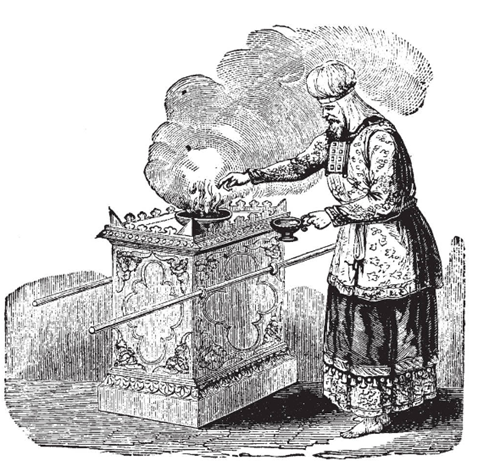
1GEN-37:25 Then they sat down to eat bread. Here they looked around and saw a caravan of Ishmaelites coming from Gilead, their camels carrying "ladanum (nechot), mastix (cori), and ointment (lot)."
So an ecumenical translation. A comparison with the rabbinical and royal translation will give us an idea of the difficulties faced by anyone who wants to know exactly the identity of the spices and spices mentioned in the Bible. The translation is more or less based on tradition and exact identification is impossible.
Rabbinic translation: "Tragacanth, mastic and ladanum."
Kingly translation: "fragrances and frankincense and myrrh."
Even-Shoshan, Avraham, 1906-1984 German National, Library and Archives "Ha-millon he-chadash" (Hebrew Expository Dictionary): Lot = ladanum,
Nechot - either the Astragalus tragacanthus plant or a mixture of different components.
Caravans brought perfumes from Somalia and the southern Arab kingdoms along the desert routes to Palestine.
Isaiah-60:6 A flood of camels will cover you, young camels from Midian and Ephah, they will all come from Sheba, carrying gold and incense and joyfully proclaiming the Lord's praise."
On the contrary, some spices and aromatic ingredients that grew in Palestine were exported to Egypt and Syria.
1GEN-37:25, 43:11 "The father of Israel said to them: "If it must be so, do this: Take in vessels some things sung of the preciousness of the earth and bring them down, as a gift to the man: a little mastic (cori) and a little honey, ladanum and ointment (nchot wa-lot), pistachios and almonds.'
Some spices and aromatics actually came from far away, even from the Far East. How they got to the Eastern Front is still a mystery. The importance of this trade increased during the Hellenistic period (323 BC - 33 BC). Some kingdoms flourished thanks to it, for example the Nabateans, Petra in Jordan or Palmyra in Syria.
Numerous aromatic plants and spices were used in personal life as well as religious cult. The Bible mentions many of them. The most important of these were:
ALOE
(Hebrew: "ohalim" or "ohalot")
Psalm 45:9 Your garments are fragrant with myrrh, aloes, and cassia (mor wa-oholot); you delight in harps from palaces of ivory."
Song 4:14 "With spikenard and saffron, with oregano and cinnamon, with all kinds of spices, with myrrh and aloes and the best balms"
Proverbs 7:17 "I have scented my bedroom with myrrh, there is aloe, there is cinnamon."
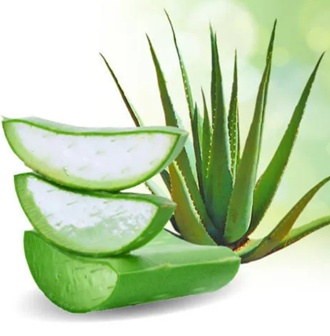
BALM
(Hebrew: "barefoot")
Song 5:1 "I have come to my garden, my sister, my bride, I have gathered my myrrh (mori) and my balm (besami)...")
Also translated "myrrh" or "spice". The Hebrew name can mean any spice, but Josephus Flavius (Antiquities 8:6) and early commentators say that the fragrant resin was obtained from the balsam tree that grows around Mecca (English opobalsamum tree). Its Arabic name is related to the Hebrew - "basm". In the Mishnah I call this tree "balsamon" or "opobalsamon". In Jewish, Greek and Roman sources, balsam is praised for its excellent fragrance. Its high price is also mentioned. Ancient authors inform us of extensive balsam plantations between Jericho and Ejn Gedi at the time of the Second Temple.
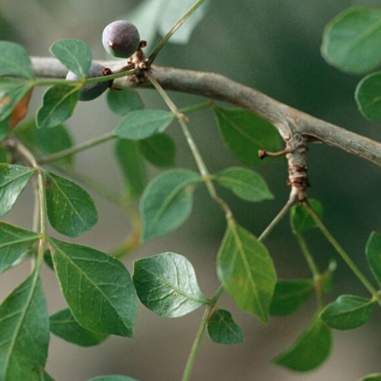
KASSIE
(Hebrew: "qinnamon")
One of the components of the holy anointing
2 The Book of Moses 30:22-25 "And the Lord spoke to Moses: You, then, take the most precious balsams, five hundred shekels of liquid myrrh (mor-dror), half the amount, that is, two hundred and fifty shekels of balsam cinnamon (qinnamon), two hundred and fifty shekels muskets (qne-vosem), five hundred shekels of cassia (qidda) according to the weight of the shekel of the sanctuary, and one hin of olive oil. From it you will prepare the holy anointing oil, the fragrant ointment expertly mixed” (shemen mishchat qodesh roqach mirqachat ma´ase roqeach). (Confused nomenclature again).
Cassia (balsam cinnamon-qinnamon) was also used by women
Proverbs 7:17 "I have perfumed my bedroom with myrrh, aloe is there, cinnamon is not missing.
At the time of the Second Temple, Cassia was part of the heating mixtures. There are two types of cinnamon. True cinnamon (cinnamon), which grows in Sri Lanka, when it could not reach the Far East before the Middle Ages.
The second is CASSIE cinnamon, which grows in China, which is probably where cinnamon is mentioned in the Bible. It was one of the most expensive spices: according to Pliny, a pound (i.e. 0.454 kg) was sold for 1,000 dinars. The spice is obtained from the inner bark of the tree.

GALBANUM
(Hebrew: "chelbena")
Exodus 30:34-35 The Lord said to Moses, "Take the spices, namely, fresh resin, frankincense, frankincense, galbanum, and pure frankincense, equal parts of everything. From this you will prepare an incense mixture, expertly mixed, salted, pure and holy.'
One of the four components of the incense burned in the tabernacle. In ancient times, galbanum was used as a spice as well as a medicine. The Greek name is similar to "chalbane".
Galbanum is obtained from a nearby fennel-like plant. After cutting, adhesive resin flows from it, which partially hardens. However, Galbanum always has a thick, semi-liquid sticky consistency. It was used for menstrual problems, spasms and coughs. Not recommended for use during pregnancy. It has a strong effect on the psychological level, it relaxes fear, nervous tension, restlessness, depression and stress. Latin name: Ferula galbaniflua. Aroma: very complex, after moss and musk, woody, green, very pleasant and soothing
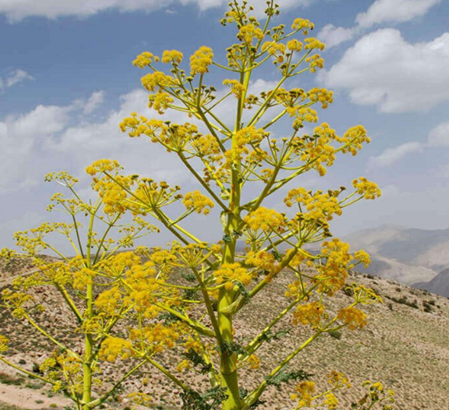
HENNA
(Hebrew: "suitcase")
Song 1:14 "A grape of henna (eshkol ha-kkofer) is to me my beloved in the vineyards of Enged"
Song 4:13-14 “You give off a fragrance like an orchard of pomegranates, with excellent fruit, henna (kefarim) and spikenard (neradim), with spikenard (nerd) and saffron (karkom), muskworm (qane), cinnamon (qinnamon), with all the frankincense tree (acej levona), myrrh (mor) and aloe (oholot), with all the best balsams (besami).'
It is a fragrant plant Lawsonia Inermis L., which grew in Palestine. According to ancient authors, it was located especially in the vicinity of Ashkelon. It is a low tree whose fragrant flowers grow in bunches. Its roots and leaves secrete an orange-red dye when ground and dissolved in water. In the East, henna was worshiped for its fragrance and used as a dye for hair, nails and teeth. It was also used to treat diseases of the urinary system. The Egyptians dyed mummies with henna. Henna still grows in Palestine today and is used especially for hair dyeing.
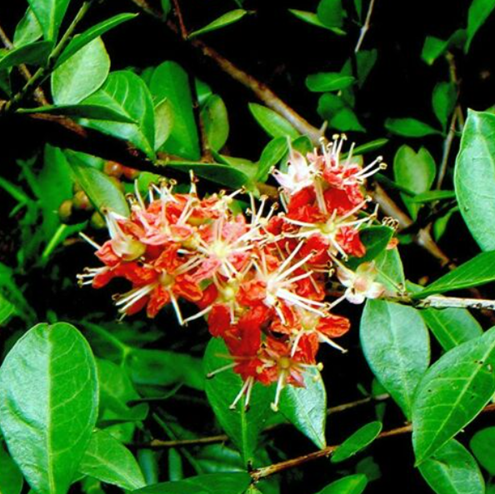
INCENSE
(Hebrew: "levona")
One of the four components of the smoking mixture that was used in the tabernacle. It was also added to burnt offerings. Frankincense was very expensive and was imported from a great distance from Sheba.
The mountainous but fertile southwestern part of the Arabian Peninsula is called Sheba. Because of its high price, incense was kept exclusively among the temple treasures.
3 The book of Moses 2:1 When someone brings an additional offering to the Lord, his offering shall be white flour. He pours oil on it, puts incense on it…
Exodus 24:7 "On each pillar you shall put pure incense, it shall be with the bread as a memorial, as an offering made by fire to the Lord."
Isaiah 43:23-24, "You did not bring your lamb as a burnt offering for me, you did not honor me with your sacrifices. I did not force you to serve me with offerings, nor did I molest you with incense. You did not buy me spices with silver, you did not refresh me with the fat of your sacrifices…”
Jeremiah 6:20. "What good is the incense to me that comes from Sheba, the best fragrant spices from a far country?"
1Kings 9:25"Three times a year Solomon offered burnt offerings and peace offerings on the altar that he built to the Lord, and burned incense on it before the Lord when he finished the house".
Nehemiah 13:9"I commanded that the chambers be cleansed, and I again put in them the things of the house of God, the offerings, and the incense."
Isaiah 60:6"A flood of camels will cover you, young camels from Midian and Ephah, all of them will come from Sheba, carrying gold and incense and joyfully proclaiming the Lord's praise."
Have you ever had incense in your home?
I don't know if it's completely common in our area, but in Eastern cultures, incense is a common part of many households. The smell of incense heals grief, gives a person a sense of peace and security. Frankincense also slows down the absorption of microbes in the air, water and, most importantly, in the body.

So what is the secret of incense?
You will find the word incense in the Bible, but you will not find a recipe for how to handle it properly. Pure frankincense is the incense of the resin of the Boswellia tree, which is a very rare tree that grows in Arabia. Then there is the very well-known myrrh from the Styracaceae tree, which works just as well.
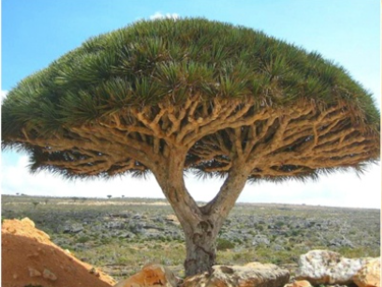

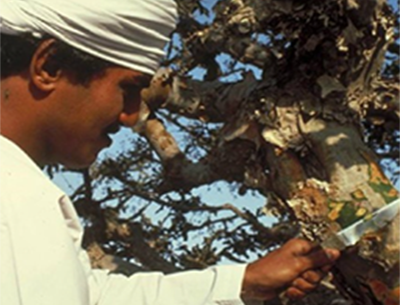
However, you may have come across frozen pellets with the milky juice of plants, which have analgesic effects and are also suitable for spasms and have diuretic properties. "Them" is a special kind of leaf and actually a plant that can be found in the Red Sea.
The powder from this plant was also used in ancient medicine. By mixing all these ingredients, scientists tried to create the properties of true biblical incense. The result took their breath away. Frankincense acted as a very strong and effective immune stimulator.
In the past, frankincense was also commonly used for bedridden, sick patients who suffered mainly from lung disease. Even in the past, doctors knew that incense can kill viruses and bacteria not only in the air. Incense contains smoke and tiny particles that enter the body through the lungs and have incredible health benefits. Frankincense also contains substances that suppress stress and help us cope with nervous exhaustion, panic attacks and insomnia.
The smell of incense improves memory. A writing has been preserved from the Middle Ages that says that incense and its hot smoke strengthens the mind and heals all wounds on the body and soul. They even believed that incense was a means by which you could extend your life.
KALAMOS
(Hebrew: "qane", " squirrel")
It is one of the components of the anointing oil. It was an expensive spice brought from afar. From Palestine it was exported to the Phoenician city of Tyre. It should probably be identified with the Indian plant Kalamos Aromaticus. According to classical sources, it also grew in the upper region of the Jordan Valley.

Exodus 30:23-24 : 23 "Take the best balms: 500 shekels of liquid myrrh, and half as much, that is, 250 shekels, of fragrant cinnamon, and 250 shekels of frankincense, 24,500 shekels of cassia (all measured according to the shekel of the sanctuary), and one hin of olive oils
Jer 6:20 "...the best spices from a far country...").
Ezekiel 27:19 "...the best spices from a far country...").
(qane, the ecumenical does not specify here, although elsewhere it translates "squirrel").
MYRHA
(Hebrew: "plague")
One of the most important perfume essences in ancient times and in the Bible. It was mostly used by women who liked to use it to fumigate their rooms and a mixture of oil and myrrh to anoint the body. Myrrh was used to prepare the oil with which kings were anointed.
If the trunk is injured (or intentionally cut), the bush starts to ooze white milk, which soon hardens into golden-yellow fragments, which are called myrrh or frankincense. This substance has been used as an offering in various ceremonies since ancient times. Incense found its way into all temples, cult places and burial grounds of the ancient world. It grows in tropical Africa and the Arabian Peninsula. It was sold in both solid and liquid form. It resembles rubber. Because gum was much cheaper, myrrh was often mixed with it. Scholars of the Mishnah (post-biblical rabbinic tradition) knew this and warned against this debasement. The name "myrrh" is a Greek and Latin derivation from Semitic languages.
(Adolf Novotný, Bible dictionary, Kalich Prague 1956. p. 430)
MIRRA, MYRRA, MYRHA: A balsam-smelling resin from the shrub Balsamodendron Myrrha, growing abundantly in the Arabian Peninsula, or from the tree Commiphora abyssinica. It comes to the store in pieces in a yellowish-brown color. When heated, it emits a pleasant aroma. It is used for fumigation, embalming, and in liturgical acts. It formed part of the oil of the "anointing of the holy one." It was a rare gift indeed.
Exodus 30:23, 23 "Take the best of balms: 500 shekels of liquid myrrh..."
Matthew 2:11 "They entered the house and saw the child with Mary his mother; they fell down, worshiped him, and offered him the gifts that had been brought, gold, frankincense, and myrrh"
Proverbs 7:17-18 I perfumed my bedroom with myrrh, aloe is there, cinnamon is not missing. Let's get drunk with love, let's enjoy caressing until morning!
Esther 2:12 “It was the turn of each girl to come in to King Achashverosh after twelve months had passed, according to the law for women. That's how long the preparations took: six months of anointing with myrrh oil and six months of balsam and other proper feminine care."
Song 4:14 "With spikenard and saffron, oregano, cinnamon, with all the frankincense trees, myrrh and aloes, with all the best balms."
Exodus 30:23-25). Then take the most precious balms, five hundred shekels of liquid myrrh (mor-dror), half the amount, namely, two hundred and fifty shekels of balsam cinnamon (qinnamon), two hundred and fifty shekels of gunpowder (qne-vosem), five hundred shekels of cassia (qidda ) according to the weight of the shekel of the sanctuary and one hin of olive oil.'
Song 3:6 Who is she that comes up out of the desert like a pillar of smoke, scented with incense of myrrh and the finest spices?"
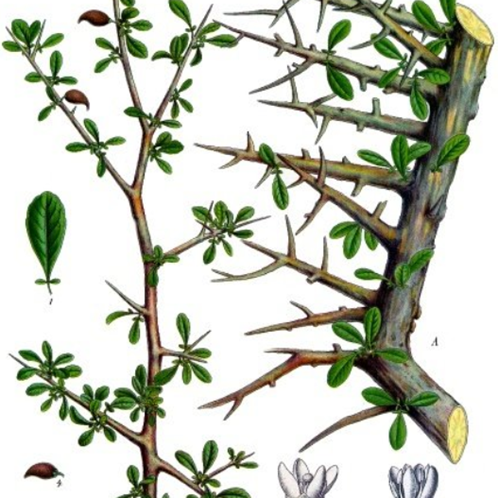
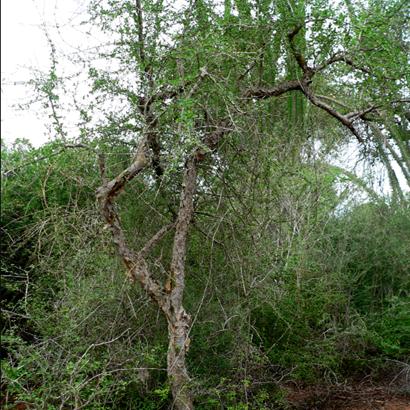
NARD
(Hebrew: "nerd")
Aromatic plant. Nard perfume was used mainly by women. It was a component of the fumigation mixture in the Second Temple. Nard is obtained from plants that grow in Nepal and the Himalayas, from where they are brought to the Mediterranean via India and Persia. Its name in Sanskrit is "nadala" and means "fragrant"
Nard was extremely expensive. At the time of the Second Temple, the essence was obtained by soaking the leaves in oil. According to the Mishnah and Roman sources, this method is called "foliatum". Another way was to obtain the essence from the tops of the plant (the so-called spicatum). Its price was 100 dinars per pound (0.454 kg).

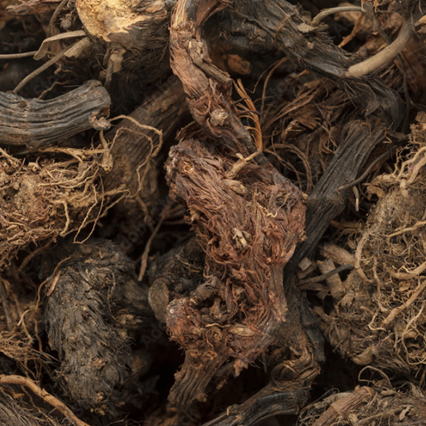
Adolf Novotný, "Bible Dictionary", p. 470:
"Nardus, spikenard spice, salve, and oil, which were prepared from the root of an East Indian plant, having the botanical name of ardostachys iatamansi.
To this day, bitter spikenard root is sought after as a healing agent. In ancient times, it was highly valued for its rare fragrance. Rich girls considered containers of spikenard to be an obvious part of their equipment.
Song 1:12 "When the king is at the table, my nard gives forth its fragrance.""
Song 4:13-14 "You give forth a fragrance like an orchard of pomegranates, with excellent fruit, with henna and spikenard, with spikenard and saffron, yarrow, cinnamon, with all frankincense trees, myrrh and aloes, with all the best balms."
Mark 14:3 While he was in Bethany in the house of Simon the Leper, and he was sitting at the table, a woman came who had an alabaster jar of genuine and precious oil of nard. She broke it and poured the oil on his head.
John 12:3 Then Mary took a pound of precious nard oil, anointed Jesus' feet, and wiped them with her hair. The house was filled with the smell of that ointment.
STYRAX
(Hebrew: "cori")
In the Bible, it was among the "best fruits of the land" that Jacob's sons brought to Joseph in Egypt.
This herb is also known by the names of benzoin, calamita, black frankincense, calamita, storač, storax, styráč, styrax,frankincense healing benzoic or bezoar resin, or Jewish frankincense. Styrax, especially Styrax tonkiensis (Styrax tonkiensis) is used to prepare tinctures, which are used externally as a disinfectant and antiseptic, a preservative in ointments and fat cosmetics. It is also used as a component of fumigants.
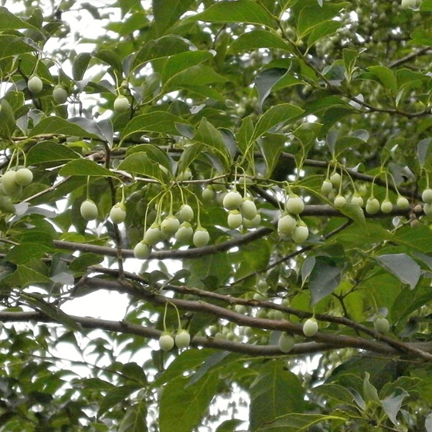
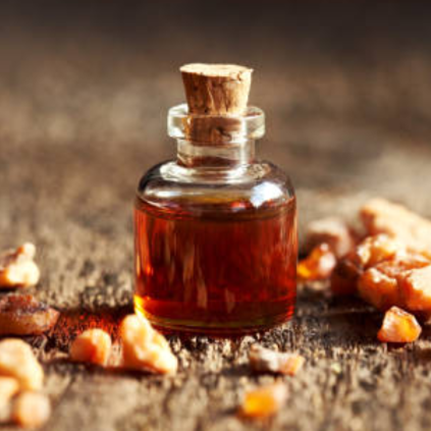
Genesis 43:11. "The father of Israel said to them: "If it must be so, do this: Take in vessels some of the precious things of the earth, and bring them down as a gift to the man: a little mastic (cori) and a little honey, ladanum, and ointment (nchot wa- lot), pistachios and almonds.'
Ezekiel 27:17 "Judah and the land of Israel traded with you, exchanging with you Minite wheat, millet, honey, oil, and mastic (cori).
Genesis 37:25 “Then they sat down to eat bread. Here they looked around and saw a caravan of Ishmaelites coming from Gilead, their camels carrying "ladanum (nechot), mastix (cori), and ointment (lot)."
Jeremiah 46:11 “Go up to Gilead, bring balm, O virgin, daughter of Egypt! You have collected medicine in vain, your wound will not heal.'
Jeremiah 51:8 “Yet Babylon will suddenly fall and be shattered. Howl for him, take balm for his pain, perhaps he will be cured."
Here it is not clear whether it is really a "styrax". Some scientists believe that it is a mixture of different spices.
From the history of perfume production
A perfume manufactory was found in Mavroraki in the Limassol area of Cyprus. This 300 square meter factory was part of a larger production complex. The place was inhabited in the period from 2350 BC. until 1850 BC, when it was hit by a strong earthquake.
The buildings were destroyed, but perfume vessels, mixing jugs and stills were preserved beneath the collapsed walls.
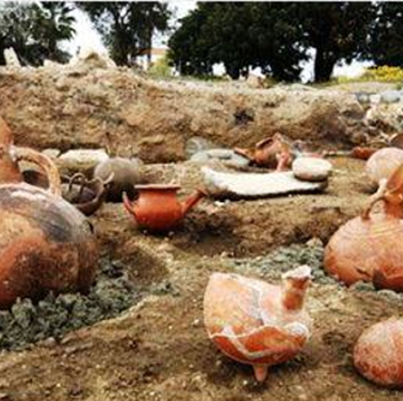
Even the head of archaeologists, Maria Rosaria Belgiorno, could not say with certainty why the Cypriots began to produce and use perfumes 4,000 years ago. In ancient Egypt, perfumes were used for both cosmetic and medicinal purposes.
The research team identified and analyzed a total of 14 fragrance components. They all come from the Mediterranean region. These are, for example, extracts of anise, pine, coriander, bergamot, almond or parsley. The team also discovered "recipes" for how different scents were mixed. At the Center for Experimental Archeology in Blera, Italy, researchers recreated Cypriot perfumes using techniques described by Pliny the Elder. and with the help of finds from excavations. Plants and herbs were ground and mixed with olive oil in clay jars, which were then sealed and buried in sand in the sunlight. However, the temperature was not allowed to be higher than 50 degrees Celsius, which, as Belgiorno pointed out, is not so easy to control. The mixtures are left in this way for five days. The researchers reconstructed four scents, which they named "Aphrodite" (a mixture of olive oil, pine essence, turpentine and bergamot). "(H)Elena" (mixture of olive oil, laurel, coriander and turpentine). "Artemis" (mixture of olive oil, almond, myrtle, parsley and turpentine). "(H) Era" (a blend of olive oil, rosemary, green anise and lavender). The entire production took six months, as the researchers had to wait for the seasonal Mediterranean produce to ripen. Belgiorno wrote the book "Aromata Cipria" (Perfumes of Cyprus) about the discovery and reconstruction of perfumes.
Otherwise, the first modern perfume was created in 1370 in Hungary at the request of Queen Elizabeth. The so-called Hungarian water, based on rosemary and lavender, became famous throughout Europe. A pioneer of European alcohol-based perfumes, it served for centuries before the advent of cologne.
Another mention of ingredients that are included in perfumes is when Jesus spoke against the Pharisees
Luk:11:42 But woe to you Pharisees! You give tithes of mint, rue and all garden plants, but you do not pay attention to the justice and love that God requires. This had to be done and the others should not be neglected.
And here's another great example of Esther, who was known to soak in the bath for an inordinately long time. What took her so long? Well, there was a lot the girl had to deal with before meeting the king, not the least of which was getting perfumed with oil. Perfume was nothing more than incense or sacred scents used as offerings to the deities. A street called Shuk ha-Besamim, the street of spices, “still exists in the Old City of Jerusalem.
It is also known in history that women of ill repute in the Talmud used to put myrrh and balsam oil in their shoes "so that the fragrance would rise and arouse passion in passers-by".
Today's women have countless options when it comes to scents and perfumes.
Read also
- visibilityHow to become a millionaire on vacation ?? Do you think that it is possible?
- visibilityWhat is the most expensive spice in the world that is used in perfumery?
- visibilityWhat is RIGHT AMBRA, GRAY AMBRA, AMBERGRIS?
- visibilityAmber also known as Crystal… What is Amber?
- visibilityHow to choose the right perfume scent?
